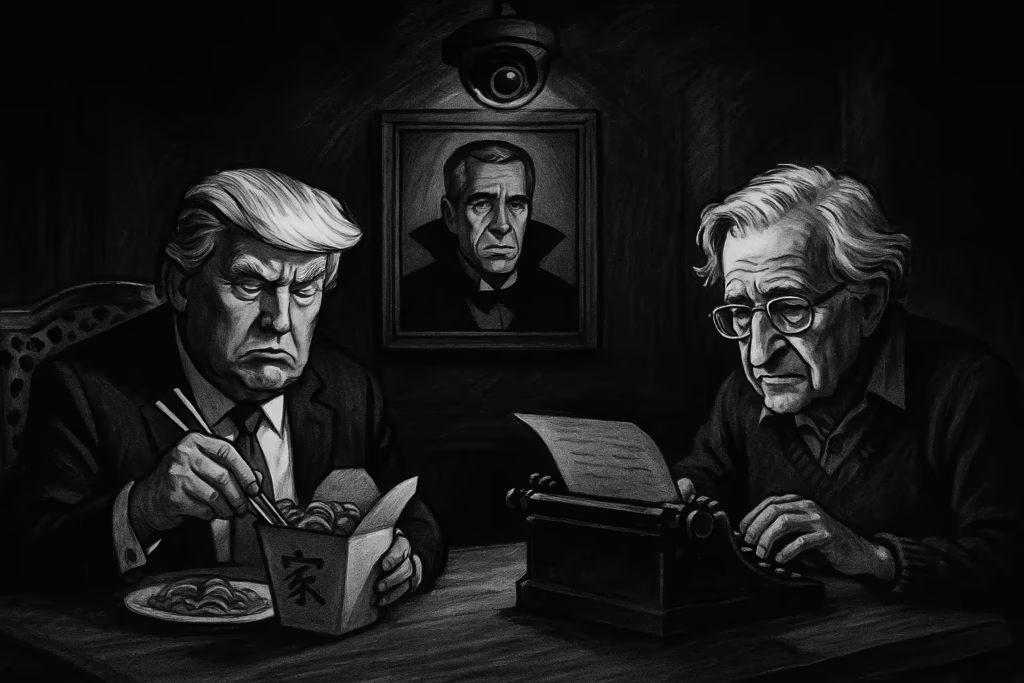A Glimpse into Epstein’s Lavish Mansion
Jeffrey Epstein’s mansion, often likened to a modern-day ‘Castle Dracula,’ was a symbol of opulence and power. The residence, featuring heated sidewalks and a taxidermied tiger, spanned seven floors designed in a style reminiscent of Versailles. However, beyond its luxurious facade, the mansion’s true value lay in its role as a nexus of influence and leverage. This was not merely a home filled with art and investments; it was a place where Epstein cultivated relationships with powerful individuals.
The Role of Power and Influence
Epstein’s mansion was more than just a display of wealth; it was a strategic tool for amassing influence. The property hosted numerous high-profile guests, including President Donald Trump and renowned intellectual Noam Chomsky. These interactions were not just social gatherings but opportunities for Epstein to expand his network and wield influence over some of the world’s most powerful figures.
The Strategic Collection of People
While many collectors focus on art or rare items, Epstein’s collection was unique—he collected people. By forging connections with influential individuals, he created a web of relationships that extended his reach far beyond the walls of his mansion. This network provided him with leverage that was arguably more valuable than any physical possession.
Implications of Epstein’s Network
The implications of Epstein’s strategic networking are profound. His ability to connect with and influence powerful figures highlights the intersection of wealth, power, and social dynamics. The mansion served as a backdrop for these interactions, underscoring the complex interplay between luxury and leverage in Epstein’s world.
